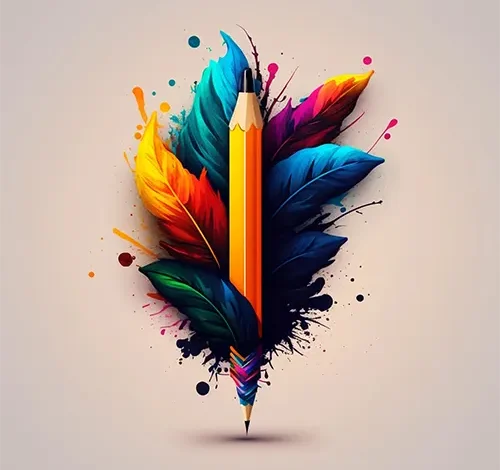Education
UI UX Design Training in Chandigarh

UI UX Design Training in Chandigarh
In the digital age, the demand for UI/UX designers has surged across various industries. Chandigarh, known for its growing IT sector and educational institutions, has become a hub for professional courses, including UI UX design training in Chandigarh. With more businesses transitioning online and creating digital platforms, having a user-friendly interface (UI) and ensuring an excellent user experience (UX) has never been more critical. If you’re considering entering the field of UI/UX design, Chandigarh offers excellent training options to set you on the right path. This article will guide you through the world of UI/UX design, explaining what it entails, its scope, and how you can become a UI/UX designer.What is UI/UX Design?
UI (User Interface) and UX (User Experience) are two essential aspects of product and web development that focus on making digital platforms more user-friendly, functional, and visually appealing.- User Interface (UI) deals with the aesthetic aspects of a product or website, such as layout, color schemes, typography, buttons, icons, and overall visual design. It’s all about how the product looks and how users interact with its components.
- User Experience (UX), on the other hand, focuses on the user’s journey through the product. It ensures the product is easy to use, functional, and meets the needs of the users. UX designers work on how people feel when they navigate a website or an app, making sure the experience is smooth, intuitive, and enjoyable.
The Relationship Between UI and UX
UI and UX go hand in hand. While UI is concerned with the interface and visuals, UX focuses on the interaction and experience. A beautifully designed interface that is difficult to navigate will frustrate users, and a functional app with poor visuals may fail to engage. Therefore, UI and UX designers must work together to create products that are not only attractive but also easy to use.What are the Fields in UI/UX Design?
UI/UX design is a broad field, and there are various specializations within it. Here are the main areas in which UI/UX designers work:- Interaction Design (IxD): This focuses on designing interactive elements of a product, such as buttons, menus, and transitions, to ensure seamless interaction between users and the product.
- Visual Design: This field concentrates on the aesthetic aspects of design, ensuring that a product is visually appealing while maintaining usability.
- Information Architecture (IA): IA deals with organizing and structuring content in a way that users can easily find what they need. It focuses on how information is laid out on a website or app.
- User Research: This involves understanding the target audience by conducting surveys, interviews, and usability tests to gather feedback and insights into user behavior.
- Wireframing and Prototyping: Wireframes are the skeletal framework of a website or app, and prototyping is creating a working model. Designers use these tools to visualize the layout and interaction flow.
- Usability Testing: This field focuses on testing designs to ensure they are functional and meet user needs. Feedback from usability tests is used to refine and improve the product.
- Content Strategy: Content is a crucial part of the user experience, and content strategists work to ensure the right message is delivered to users in an engaging and accessible manner.
How to Become a UI/UX Designer?
Becoming a UI/UX designer requires a combination of technical skills, creativity, and an understanding of user behavior. Here’s a step-by-step guide on how to become a UI/UX designer:1. Learn the Basics of Design
Start by familiarizing yourself with the basic principles of design. This includes understanding layout, typography, color theory, and visual hierarchy. You can learn these principles through online courses, tutorials, or UI/UX design training programs in Chandigarh.2. Get Familiar with Design Tools
UI/UX designers use a variety of tools to create wireframes, prototypes, and final designs. Some of the most popular tools include:- Adobe XD: Used for designing wireframes, prototypes, and screen designs.
- Sketch: Popular for designing user interfaces.
- Figma: A cloud-based design tool that allows real-time collaboration.
- InVision: Used for prototyping and user testing.





